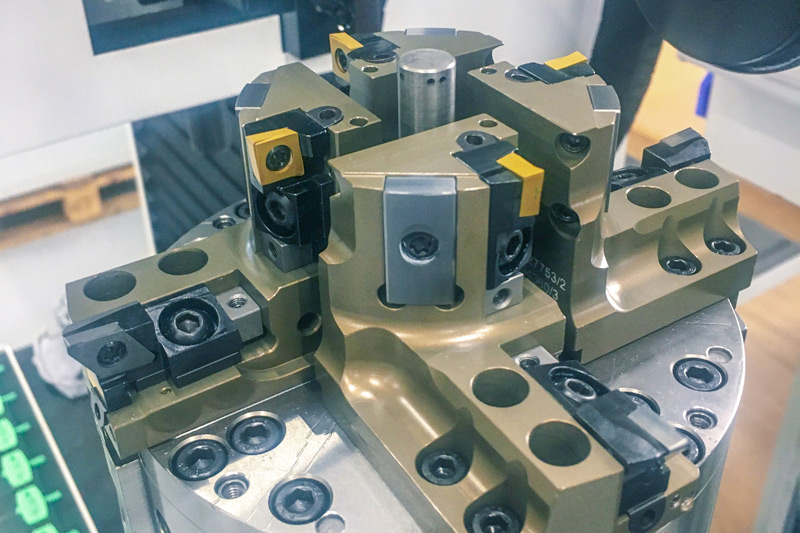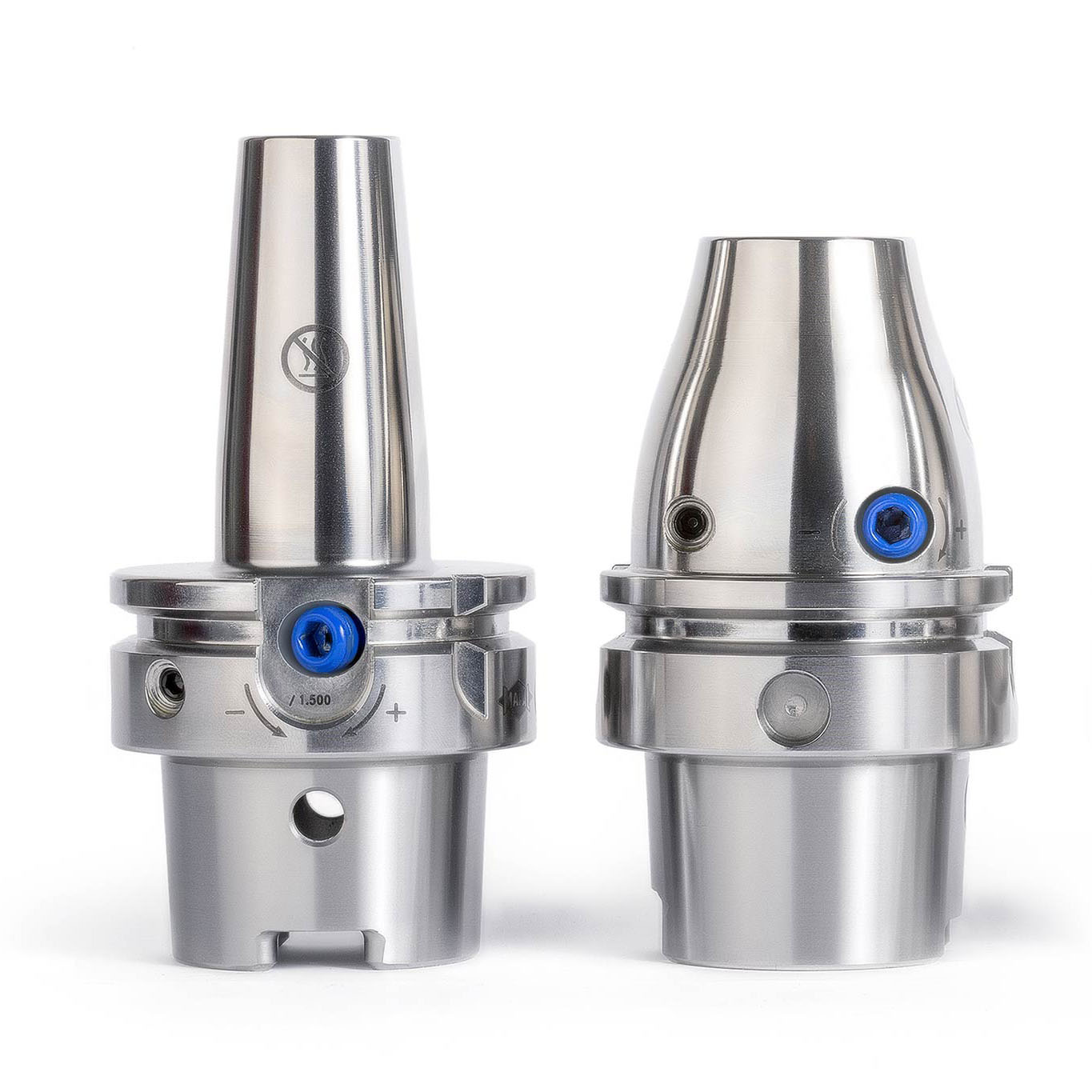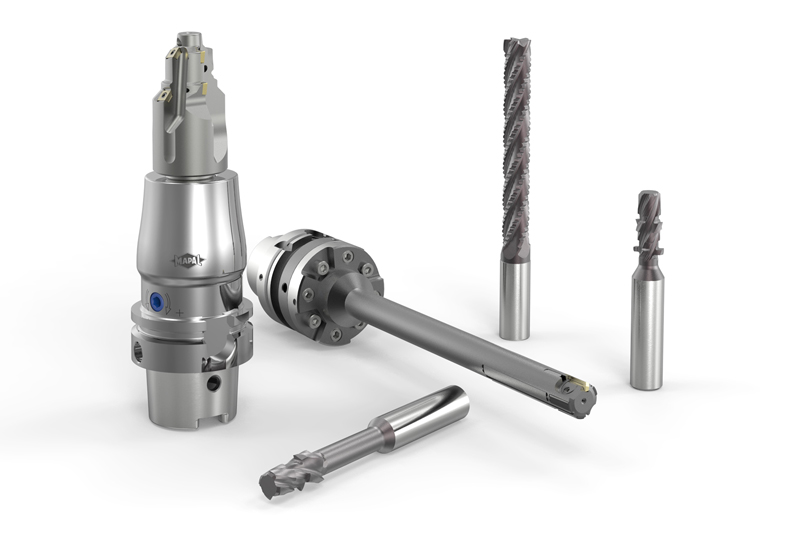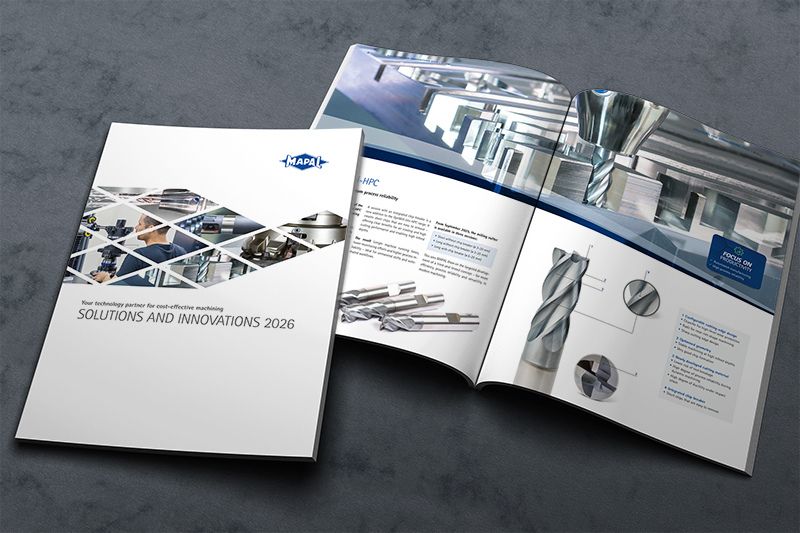09.03.2023
Vier Schneiden für eine Statorbohrung
Um Drehkonturen auf Bearbeitungszentren zu realisieren, sind Aussteuerwerkzeuge das Mittel der Wahl. Wenn es darum geht, Statorbohrungen von Elektromotoren zu bearbeiten, sind dabei bisher Werkzeuge mit Wendeschneidplatten und Feinbohrwerkzeuge Stand der Technik. MAPAL hat ein komplexes, vierschneidiges Aussteuerwerkzeug entwickelt, um das Lösungsportfolio für die Statorbohrung abzurunden.

With its Expert Solution, MAPAL has come up with a highly productive machining process for the series production of stator housings for electric motors. The solution offers productivity and precision as well as short cycle times with a process of three steps: pre-machining, semi-finishing and fine machining at machining diameters of more than 220 mm and with an HSK100 connection. A sophisticated actuating tool is part of the solution.
“With an actuating tool, the internal machining of the bore can be handled by a machining centre, which means turning is no longer necessary”, says Oliver Müller, Customer Service Specialist at the MAPAL Centre of Competence for Actuating Tools. The entire machining process can thus be executed with a single clamping setup. The only thing needed to use the actuating tool is a spindle with a drawbar – a so-called U-axis in the machining centre.

“When it came to machining parts for electric cars, we were at our customers’ side with our tools from the very beginning. Today, we help them to increase flexibility while machining the parts reliably and with short cycle times”, Müller explains. The actuating tool achieves more flexibility by ensuring both fast machining of varying contour trains in the bore as well as precision down to the micrometre.
For example, a thin-walled stator housing with a 220 mm stator bore is machined on a machining centre with an HSK100 connection. “The machining of the stator bore with indexable insert tools and fine boring tools represents the state of the art. They have proven themselves over and over again. However, to achieve more flexibility for faster machining, we developed a tool with four slides together with machine manufacturers and customers”, Müller says. The drawbar controls four facing slides equipped with ISO inserts and handles both pre-machining and fine machining. PCD cutting edges are used as the housing is made of aluminium. After the machining is done, the inserts are retracted, and the tool is moved out of the housing via rapid traverse. This saves cycle time without the risk of damage to the new surface. This solution is particularly productive and focusses on high quality, which is why it has found its way into the Expert Solution range of MAPAL’s solution portfolio.
Each of the four slides of the 22.5-kg-heavy tool has a face stroke of 20 mm – the inserts can thus be extended to a diameter of 40 mm. The drawbar compensates for wear and tear directly during machining. This makes for particularly reliable machining. For even shorter cycle times, the actuating tool is designed as a combination tool. In addition to machining the stator bore, steel bushings are pre-machined with four carbide inserts.

“The tolerance of the large bores is set to IT6 quality. That shows the precision with which our tools are manufactured, assembled and set. The four inserts have to interact with micrometre precision”, Müller states.
And so the experienced workers at the MAPAL Centre of Competence know the actuating tool inside out. Müller explains: “Assembling this sophisticated tool is similar to watchmaking.” It takes two to four weeks to assemble one tool. In order to set up the tool precisely at the customers’ premises, MAPAL offers a suitable setting device. The special machine is based on the UNISET-V and equipped with an additional axis – like the machining centre.
Cutting data:
Aluminium machining
vc = 690 m/min
fz = 0.20 mm (pre-machining)
fz = 0.15 mm (fine machining)
Spindle speed = 1000 rpm
Steel machining
vc = 160 m/min
fz = 0.16 mm
Spindle speed = 690 rpm

Contact
Kathrin Rehor Public Relations Kathrin.Rehor@mapal.com Phone: +49 7361 585 3342



